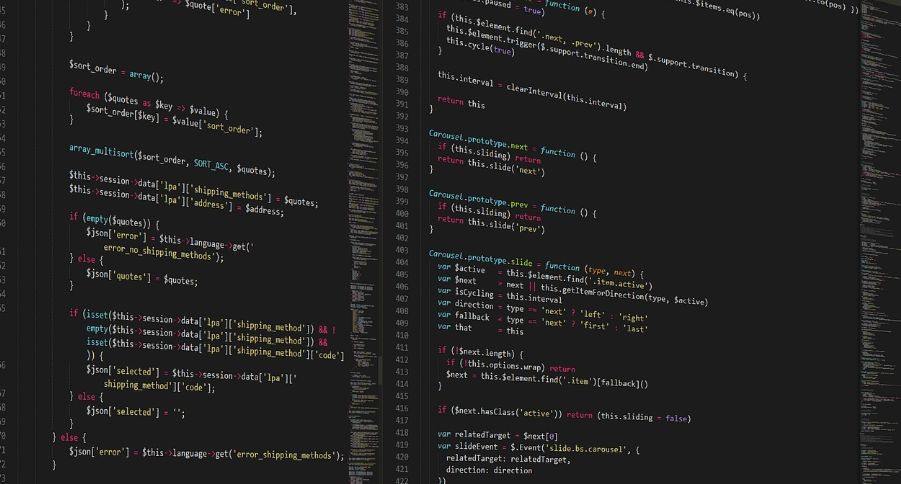Do you often deal with unauthorized access, malicious attacks, and data breaches? Hackers and malicious artists target software vulnerabilities to install detrimental malware, steal sensitive information, and manipulate systems. These cybersecurity threats lead to reputational damage, financial losses, and legal consequences. Organizations handling sensitive financial information and customer data require robust software security to ensure compliance and maintain trust.
Code signing is integral for optimizing software integrity. It is suitable for preventing reverse engineering, unauthorized distribution, and tempering. You can use the technology to maintain product authenticity, protect intellectual property, and prevent malicious code injection into legitimate software. These are five reasons organizations should integrate code signing to maximize software security.
1. Optimizes Software Authenticity and Integrity
Hackers and cybercriminals tend to impersonate or create duplicate versions of most software solutions. That gives them leeway into user data and enables them to alter the software or inject harmful code. Developers can protect their consumer data with digital code signatures. Code signing solutions facilitate code authentication, ensuring the software remains intact from signing time.
Users are sure the software originates from legitimate sources. They can attest the software is free from compromises or tampering. Changes made to the code after the signing appear as a risk alert, indicating that the software is defective.
You want to leverage a robust code signing solution from leading providers to maintain the integrity of software codes throughout the distribution process. That helps protect your software and code from unauthorized modifications, malware, and spyware.
2. Protect Your Online Reputation

Customers expect your software creations to deliver value and attract quality clients. Many organizations want software solutions that help them to build trust with users. Transform the security of your software solutions with code signing. Signed code reflects software authenticity and increases user confidence in the product. That trustworthiness is integral for attracting new users, especially those cautious about downloading malware-inflicted software.
Code signing ensures developers can provide secure and verified software updates. That helps to foster long-term relationships with current users. The long-term impact is a reputational grounding that can hold your brand image high. Also, it positions your firm as a reliable source of premium-quality software solutions. It helps differentiate your business from competitors, establishing customer loyalty and increasing retention rates.
3. Minimizes Quarantining and Security Warnings
Have you tried installing a program on your computer or smartphone only to receive an insecure program error? Your operating system and antivirus programs can detect malware-infected software and block the installation process. Even after successful installation, the antivirus or operating system might quarantine the app, stopping it from running. That disrupts user experiences, leads to frustration, and can force some users to abandon the software altogether. These security obstacles harm your reputation as a developer and can delay adoption rates.
Signing the code allows developers to circumvent these security warnings, making software solutions appear legitimate to security systems. Users can install your programs and software solutions with fewer interruptions, making the process seamless. They will have more trust in your apps and can download and install most software solutions from your catalog without fear of security threats. That maintains consumer confidence, fastens adoption rates, and makes your products accessible to more clients.
4. Industry Standards Compliance

Do you realize software platforms like MacOS and Microsoft Windows require signing a code with a valid certificate? That helps them to detect malware infestations, send security warnings, and restrict unsafe installations. The platforms have security protection for users to stick by to avoid installing harmful and unverified software.
Developers can sign the code from these platforms, showcasing their commitment to adhering to industry standards. The platforms will recognize the software solutions from these developers as safe and reliable options. Therefore, clients gain more access to your software creations because code signing eliminates barriers. Also, you get to meet all regulatory and legal requirements relevant to most online environments.
The adherence to the standards showcases your commitment to the best practices in software development. It can help foster trust among your clients, enhancing your brand reputation and product adoption.
5. Advanced Security Levels
Code signing certificates use digital signatures, which are more robust and reliable than traditional options. The signatures use cryptographic techniques, making them difficult to duplicate or forge. Signing your codes with digital certificates creates a distinctive hash binding the publisher’s identity to the software. That proves to the users that the software runs on authentic codes and originates from trusted sources.
The added security layer protects the user and developer from most cybersecurity threats. You will rarely encounter malware injections or software modifications. The digital signature supports verification by end-users and operating systems, proving the code’s legitimacy. That way, users barely worry about malicious attacks from code tempering or manipulations.
Wrapping Up
Many software developers encounter rejections and low adoption rates because they seldom take software security seriously. Many strategies can optimize the security of software creations, but code signing remains one of the most robust strategies. You want to leverage this advanced technology to make your software solutions secure and easily adaptable. Clients will perceive these software solutions as legitimate and reliable because they seldom encounter security warnings when installing. Additionally, the software solutions will barely get quarantined after installation, preventing usage.




